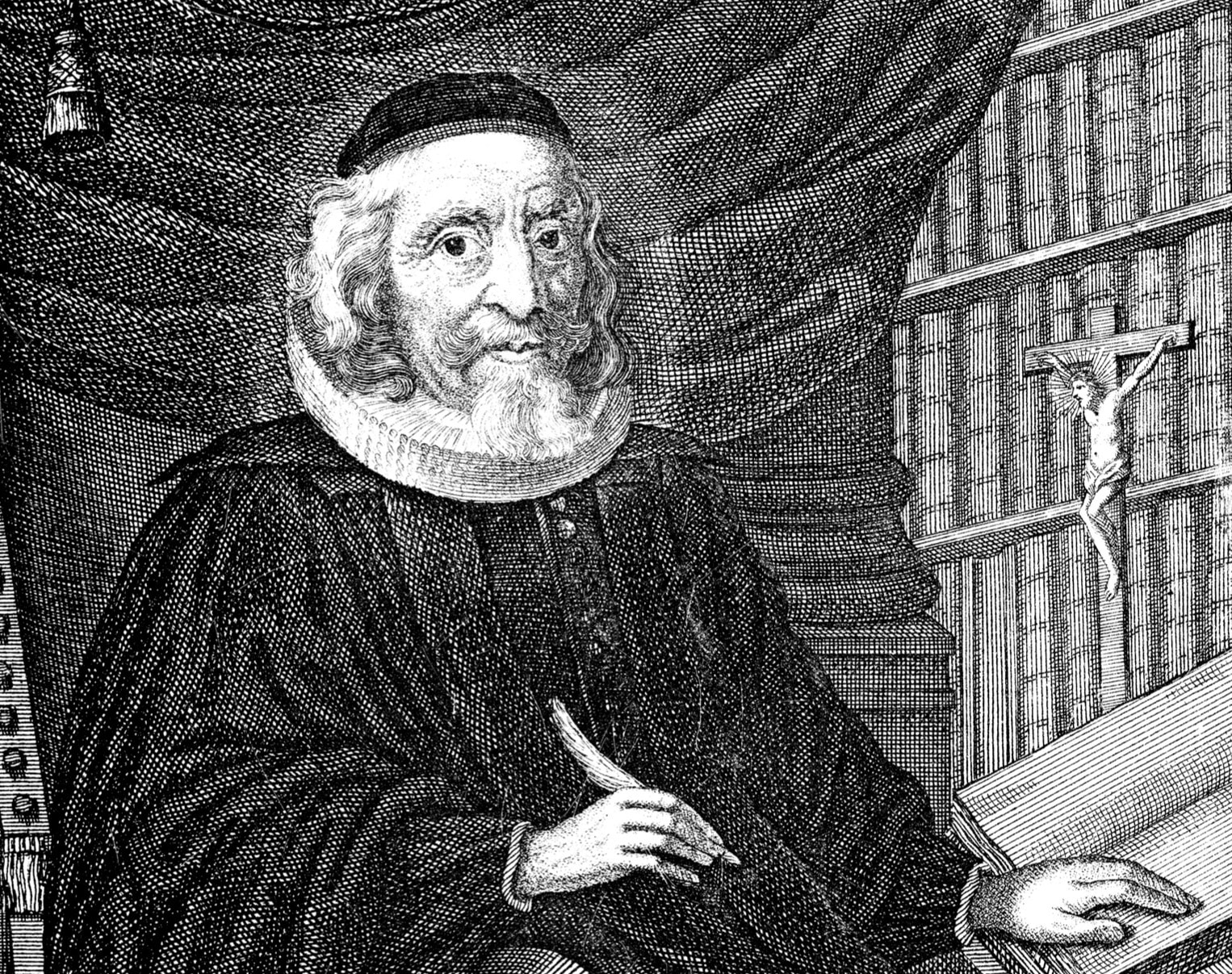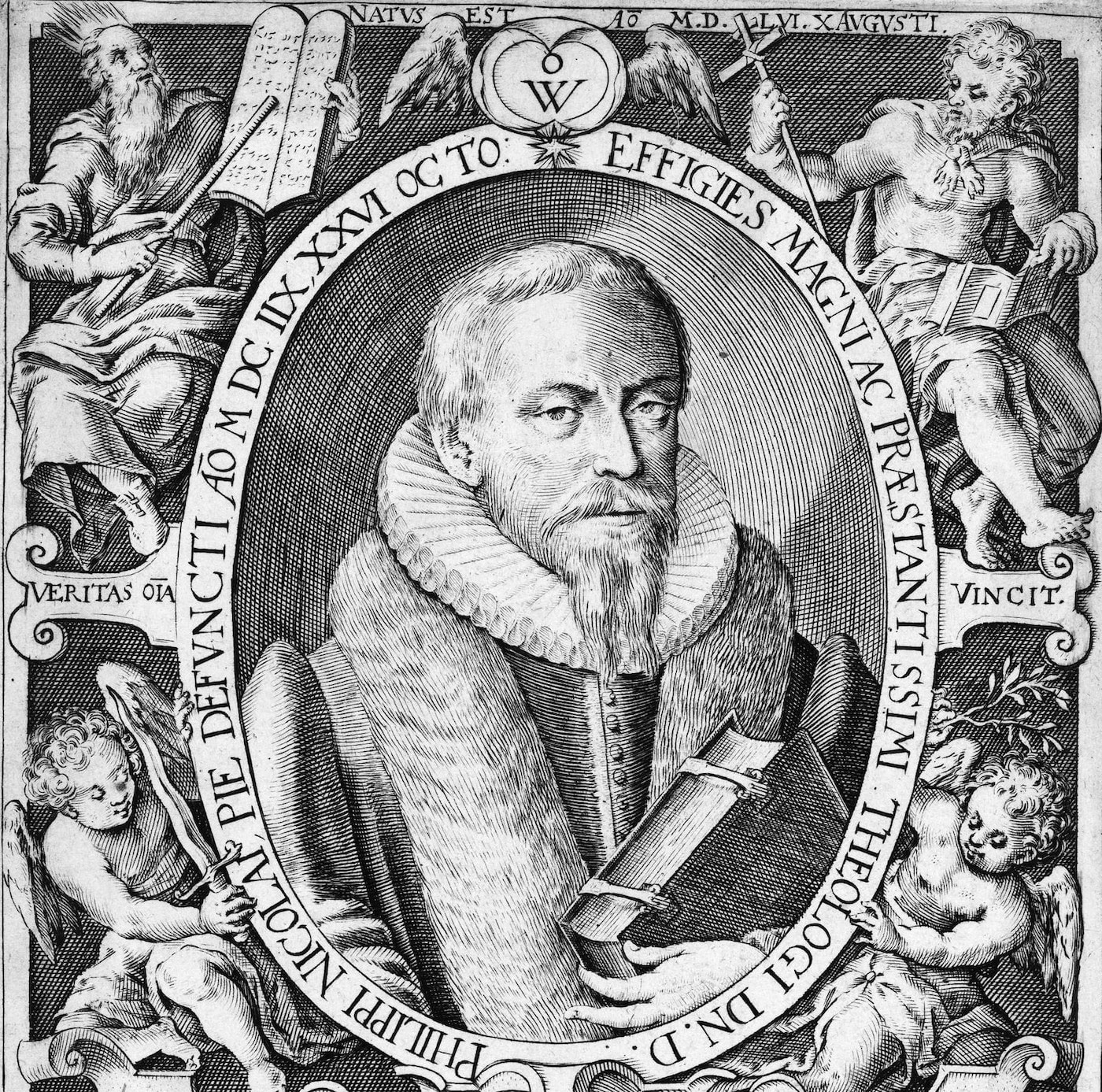Celebrating the Pipe Organs in the Wittenberg Castle Church
On October 31, 2017, the pipe organs in the Castle Church at Wittenberg, Germany breathed and lifted their voices heralding the Five-Hundredth Anniversary of the Lutheran Reformation. The organs were in excellent voice, fulfilling their purpose—breathing, singing, and praising Christ with God’s people—as they have done for more than half a millennium.
The current pipe organ, standing as an ensign perched high upon the rear gallery of the Castle Church, was created by Friedrich Ladegast in 1863. Ladegast’s organ consisted of three manual keyboards and pedal keyboard with thirty-five stops.
Singing forth from the Castle Church chancel is a second pipe organ consisting of two manuals and pedal with eighteen stops. Schuke Organ Builders of Pottsdam originally built the organ for the Wittenberg Preaching Seminary in 1965. When the Seminary relocated to the Castle, the organ was given to the Castle Church, refashioned by Schuke, installed, and dedicated in October 2016.
Late fifteenth-century documents confirm the existence of pipe organs in the Castle Church prior to the Reformation, whose purpose was intoning chant and polyphony as well as playing in alternatim with the choir. When Martin Luther arrived in Wittenberg in 1511, the Castle Church housed two pipe organs. As the Reformation began, the purpose of the organ changed little because Dr. Luther believed Biblical chant and polyphony were a heritage of the Church worth preserving. When the congregation began singing Luther’s hymns, they too were intoned upon the organ.
During two centuries of service, the Castle Church’s Luther-era pipe organs witnessed increasing numbers of congregations singing the hymns of Luther and others. By the seventeenth century, the organ’s purpose expanded to include playing along with congregations as they sang hymns and liturgy.
In October 1760, war came to Wittenberg. The interior of the Castle Church was severely damaged and the two pipe organs were forever lost in the bombardment.
Up from the ashes the Castle Church was rebuilt. A new pipe organ with two manuals and pedal having thirty-seven stops was built by Johann Ephraim Huebner and installed in 1771. The Huebner organ served the Castle Church until the 1850s, then fell into disrepair, bringing us back to the current gallery organ built by Friedrich Ladegast in 1863.
When Friedrich Ladegast was selected to build a new pipe organ for the Castle Church, he sought to use as much of the Huebner organ as possible in the new construction. But, alas, Ladegast found metal pipes in poor condition and wooden pipes worm ridden. The casework is all that was saved. Ladegast built an entirely new organ inside Huebner’s casework.
1892 celebrated the Reformation’s 375th Anniversary. Honoring the occasion, the Castle Church was refurbished, and Wittenberg sculptor, Wilhelm Lober, sculpted a neo-Gothic casework for the Ladegast Organ.
Times changed, shifting toward organs reminiscent of Baroque-era instruments. In 1935, the Ladegast organ was converted from mechanical to electric action, and pipes were revoiced reflecting the times. By the 1970s, the organ became technically and mechanically unreliable. In 1985, it was decided to restore the organ to the aesthetic of Friedrich Ladegast. Hermann Eule Organ Builders restored the organ with new mechanical key and stop action. Eule added a fourth manual keyboard, seamlessly blending new stops with those of Ladegast, completing restoration in 1994. Now the Ladegast and Schuke organs continue anew, heralding the Gospel in daily services and recitals unto future generations.
The pipe organ endures. Whether heralding or whispering, it is the created nature of the pipe organ to breathe, sing, and praise. Through Dr. Luther, God restored His Word, which reveals His grace and mercy in sending His Son for our redemption. The Church sings this theology, thereby confessing it. Luther believed this theology is God’s supreme gift to His people. Luther believed music was God’s greatest gift, second only to theology. The pipe organ unites theology and music confessing Christ, driving it into the ears, mind, and heart. Therefore, let us catechize the children in theology, catechize them in music, and train them in the godly use of the pipe organ.
The pipe organ endures as the only musical instrument having inexhaustible breath, harkening unto God breathing the breath of life into humanity. Its wind harkens unto the Holy Ghost guiding Christ’s Church into all truth. The pipe organ’s power, from still, small voice to thundering fortissimo, washes over the Baptized in a sonic deluge transcendent of all else in the world of sound—save the Word of God—preparing God’s people for Christ’s appearing at the last trumpet.



